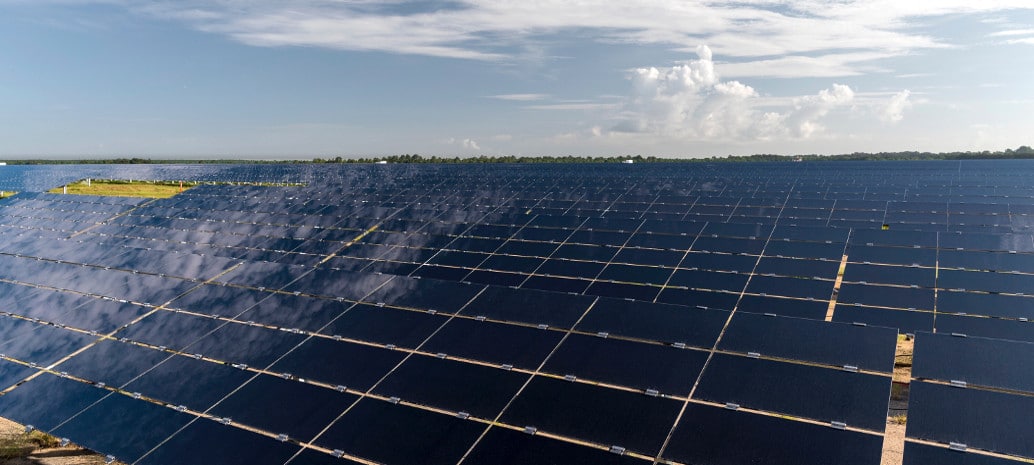When people grow food at home, supermarkets don’t respond by raising prices. If you use a rain barrel to water your garden, the water bill doesn’t go up. So should utilities increase fees in response to homeowners installing solar panels?
Jacob Williams thinks so. Williams, a former coal executive, is president of the Florida Municipal Power Association, whose publicly-owned member utilities include the Orlando Utilities Commission, Gainesville Regional Utilities and others. He wants Florida’s municipal utilities to increase the fixed rates that customers pay to $50 per month, regardless of their energy usage. He hopes this plan will make net-metering solar customers “go away.”
Williams justifies this proposed hike with claims that utility-scale solar is 3 to 5 times more cost effective than residential solar (so deterring rooftop customers is actually a good thing for renewables) and that each net metering customer costs the utility’s other ratepayers $50 per month.
From my perspective, neither of these justifications is backed by evidence. The claim that solar’s cost is passed to other customers is refuted by a recent study by the Department of Energy and the Berkeley Lab, which found that only tiny rate increases would be necessary to cover the costs of residential solar, even at very high residential solar penetration. Other advocacy, law, and consumer groups have found similarly faulty calculations being used to justify fixed rate hikes around the country, including Georgia Power’s recent rate hike.
The relative price of utility-scale solar to residential solar is irrelevant and misleading. Utility-scale or residential is not an either-or calculation. We need both. Rapid solar adoption is essential to mitigate climate change risks. The average homeowner has little control over utility-scale solar and can save money by installing solar today. Finally, rooftop solar can be a much more efficient use of space than utility-scale solar, especially in states such as Florida where land continues to become more scarce with population growth on the rise.
Certainly, utilities need to ensure they can meet the costs of doing business. But the misguided plans advanced by Williams and other southeast utility organizations such as Georgia Power demonstrate that some in the industry continue to take the easy path rather than the right one.
Instead, Williams should be advising his member utilities to follow Florida Power and Light’s lead and work to create new value for their customers. FPL is advancing customer, environmental and their own interests through programs and research which are helping to create the electric grid of the future. One such program is Solar Together, which allows customers to invest in utility solar.
Programs like these align customers, solar installers, and other stakeholders. It is a future in which utilities and other stakeholders work together to advance efficiency, community solar and distributed generation. At Goldin Solar, we are proud to have FPL as our utility — making customer and environmental innovation happen.
***
Daren Goldin is founder and CEO of Goldin Solar
The views and opinions expressed in this article are the author’s own, and do not necessarily reflect those held by pv magazine.
This content is protected by copyright and may not be reused. If you want to cooperate with us and would like to reuse some of our content, please contact: editors@pv-magazine.com.








By submitting this form you agree to pv magazine using your data for the purposes of publishing your comment.
Your personal data will only be disclosed or otherwise transmitted to third parties for the purposes of spam filtering or if this is necessary for technical maintenance of the website. Any other transfer to third parties will not take place unless this is justified on the basis of applicable data protection regulations or if pv magazine is legally obliged to do so.
You may revoke this consent at any time with effect for the future, in which case your personal data will be deleted immediately. Otherwise, your data will be deleted if pv magazine has processed your request or the purpose of data storage is fulfilled.
Further information on data privacy can be found in our Data Protection Policy.